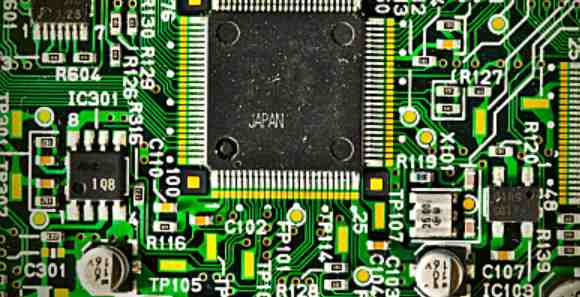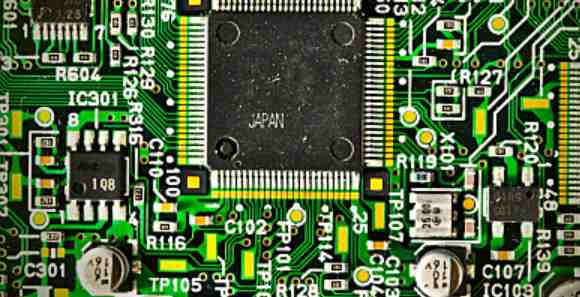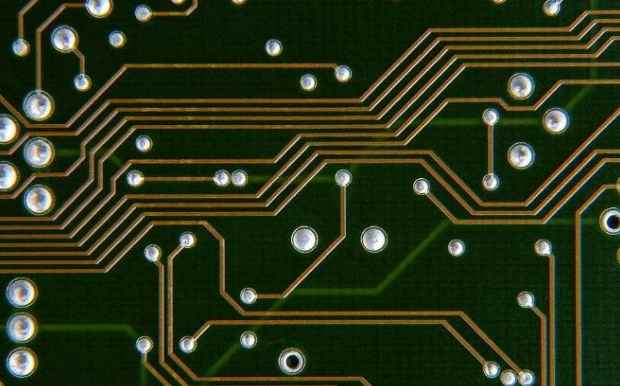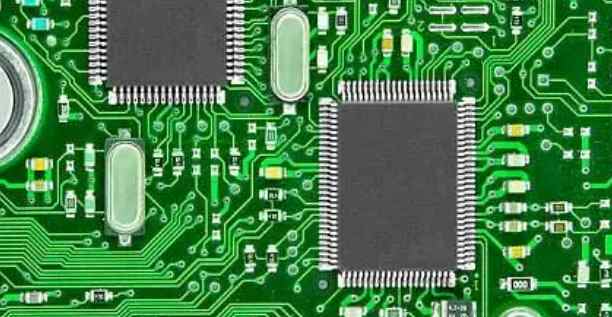
The rise of wearables, smart homes and the Internet of Things has made Bluetooth more popular. IHS reports that shipments of Bluetooth smart devices will grow from 165 million in 2014 to 1.2 billion in 2018, a compound annual growth rate of 64 percent. According to statistics, 61% of Bluetooth smart devices in 2014 have introduced Bluetooth module, which brings a lot of convenience to the development and design of intelligent hardware.
What convenience does the introduction of Bluetooth module bring to the design of intelligent hardware? Let's see what the experts have to say. Mr. Zhu Xionghui, Regional Marketing Manager of Cypress, said:
1. The biggest benefit low power Bluetooth module brings to customers is that it can greatly reduce the time to market of customers' products. For example, Cypress has made wireless certification for its Bluetooth module in many countries around the world, so that the product only needs the customer to make appearance statement to the relevant organization at the end to use the Bluetooth logo. Customers can save six months or more. At the same time, Cypress Low Power Bluetooth module can help customers reduce international certification costs for their Bluetooth products.
2. Low power Bluetooth module ensures the performance indicators of the product. Especially for RF performance, customers do not need to invest manpower and material resources for antenna matching design and anti-interference design of PCB research and development and trial production. These are particularly attractive to manufacturers who lack RF design capabilities and have high requirements for product reliability.
3. Low power Bluetooth module has powerful functions and small size. This is strongly demonstrated by Cypress's Bluetooth Low Power module, which is 10x10 in size, the same size as an ordinary chip, and can easily fit into any mini embedded device. At the same time with open ARM M0 MCU, not only radio frequency, but also small system design; With CapSense function, you can easily do capacitive touch and proximity sensing; With Flash structure, can be arbitrarily reconfigured firmware; In addition, ADC, Timer, PWM and other resources for system use.

Since the small Bluetooth module has so many personal benefits to the design of intelligent hardware, how to better use the Bluetooth module to get the intelligent hardware products you expect? There are a few things you should be aware of.
1. If the customer only regards it as a BLE radio frequency, then the design only needs to focus on the customer's MCU and the interface of the module is I2C, SPI or UART. Different firmware can be burned into this module depending on the available MCU interface. But as with all wireless product designs, note that the antenna of the module should preferably not be shielded by metal.
2. If the customer takes this module as MCU to do small system design, such as BLE remote control, mouse, etc., MCU and corresponding GPIO in the module will be used. "In this case, PSoC Creator, a Cypress integrated development environment, can be applied to configure and program the system," Zhu stressed.
Of course, power consumption and size are also major issues that wearables have to consider. This also puts forward higher requirements for the design of Bluetooth module. In terms of size, the experience of Cypress is worth learning from. The module of Cypress is 10x10x1.8mm. Zhu pointed out, "We had to do a lot of work on PCB and various device selection to make the size so small. Power consumption depends on the BLE chip effective power management in the module. For this, the Cypress BLE chip provides five different working modes, such as the power consumption in Stop mode is only 60nA; The power consumption in Hibernate mode is 150nA and that in Deep-sleep mode is 1.3μA. This design can meet the most stringent low power requirements."
As for the present and future of Bluetooth module, Zhu Xionghui elaborated: As the only manufacturer that has both chip and module at present, Cypress's Bluetooth module can play the performance and advantages of the chip based on its understanding of the chip. EZ-BLE PRoC, Cypress's first BLE module, is designed to be used in iot applications such as smart homes, remote controls, and various instruments that require a mobile phone to manage peripherals. It can not only do pure RF radio frequency, but also MCU+RF radio frequency. Secondly, with the capacitive touch sensor above, you can do capacitive keys and proximity induction, so it is very suitable for smart desk lamp, smart electric fan and other touch button design. Module enables many smart devices to be launched worldwide in a very short time. Coupled with capacitive touch and other auxiliary functions (ADC, TCPWM), this series of modules can be recognized by customers in a very short time and used for design. In the near future, Cypress will have several different Bluetooth low power modules available, including PRoC-BLE and PSoC-BLE in the larger series, which will later support a wider range of temperatures (-40 -- 105 C).









